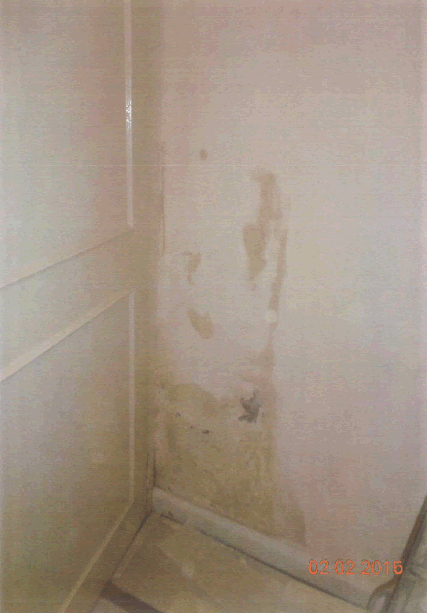Rising Dampness within Buildings
Rising dampness within buildings can be caused by a lack of an effective damp-proof course that allows moisture to track up the walls through the masonry due to capillary action. Soluble salts from the ground will also be present and will contaminate the plaster.
Due to the presence of dampness and salts, the wall plaster should be removed a minimum of 1.0 metre high and a new chemical damp-proof course injected into the mortar bed at the base of the wall. This will prevent dampness travelling up the capillary tubes within the mortar and masonry.
Should the wall be an earth retaining wall, as in a cellar or basement, in this situation an impervious barrier must be installed to prevent the ingress of dampness. A cementious type tanking can be applied to the walls that will prevent the damp penetration. A chemical damp-proof course may also be applied above the external ground level if appropriate.
Replacing the plaster wall
 In all cases the wall plaster should then be replaced with a dense render, together with salt inhibitors before a final decorative skim coat is applied.
In all cases the wall plaster should then be replaced with a dense render, together with salt inhibitors before a final decorative skim coat is applied.
It is essential that the specialist plaster is used as the soluble salts will always remain within the brickwork. These salts are hygroscopic (ie attract moisture) and will infect ordinary gypsum based plaster if used. If not replastered using a salt retarding render. the wall will continue to appear damp afterwards if the incorrect plaster has been used.
Where a suitable waterproof rendering has been used, the dampness within the newly plastered walls should be allowed to evaporate prior to any decoration being undertaken. This may occasionally lead to white powder or fluff on the surface of the newly plasterer walls which is an efflorescence that should not cause alarm and can be removed by brushing with a dry cloth before decorating.
Symptoms of rising damp
If you have rising damp in your home or property you may notice:
- damage to the skirting boards
- crumbling or salt stained plaster and peeling paint and wallpaper.
- A tide mark along the wall indicated by a darkening or discolouring of the plaster or paintwork
Next: How to fix rising damp.


